|
|
|
|
|
|
||
|
Ira Schneider United Germany: A Virtually Real Video Installation CLICK: deutsch |
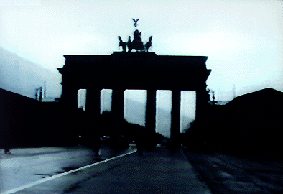 In 1974 I produced and exhibited a multi-screen video installation, "Manhatten is an Island", which presented a topographical representation of Manhattan Island. Installed on a large floor map of Manhatten, TV monitors displayed sights and sounds of different areas of the island in proper location, i.e. monitors placed on the downtown section of the map presented sights and sound of downtown Manhatten, etc. In 1977 I travelled to 120 locations around the world on a Guggenheim fellowship and recorded picture and sound at appropriate times of day and night in each of the 24 time zones. The videoinstallation "Timezones" was presented from 1980 - 1986 in seven museums in the United States and Europe. For each timezone (except those representing oceans) the monitor displayed landscapes, archeological and religious sites, social spaces, i.e. market places, public squares and close ups of people at work in industry or agriculture or producing local crafts, art, dance or theatre. The 24 monitors on pedestals were spaced such that people could roam about within a large circle. Each timezones material was recorded at the appropriate time of day (or night) so that the audience was able to see all over the world as if at the same time. In 1980 I taught a one month video course at the Hochschule der Künste in Berlin. The course was entitled "Berlin is an Island" and students travelled around West Berlin recording events and environments. The students were then each allowed to use any of the material recorded by the class members to post produce his or her own edit of "Berlin is an Island". In 1988 I recorded video at the Deutsches Museum in München and the Heinrich Hertz Institut in Berlin for a videotape celebrating the centenary of Heinrich Hertzs great work on the nature of electromagnetism. In 1989 in conjunction with the representation of the video installation "Wipecycle" in the Videosculpture show at the Kunstverein in Köln and at the Kongreßhalle Berlin I produced tapes in Germany. The one for the Berlin exhibition presented people walking through the Berlin wall with shopping bags from the large department store, KdW. This was done by means of a video special effects generator. The wall did not open up until approximately five weeks after the close of the Kongreßhalle show. The rapid reunification of Germany has produced a reciprocal culture shock amongst east and west Germans. To help Germans better understand their country and to introduce Americans to the varieties of landscape, architecture, and cultural expression in the cities and countryside of the new Germany, I propose to produce a video documentation recorded in the some thirty different regions of Germany. After approximately two months of researching the cultural uniqueness of various regions of Germany, video/sound recording will be made using light weight Hi-8 (PAL) equipment. Two methods of exhibition are contemplated.
 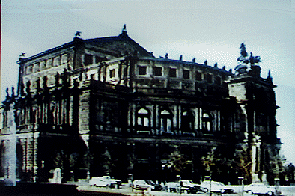 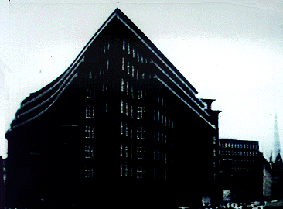 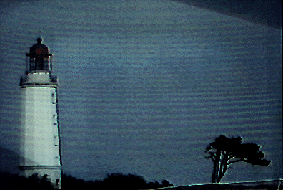 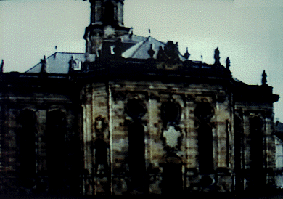 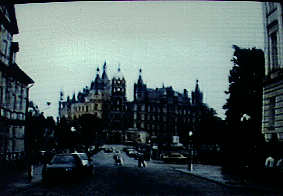 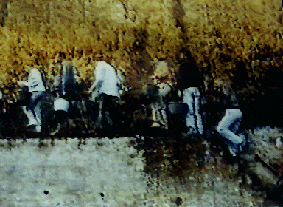 |
|
|
|
||